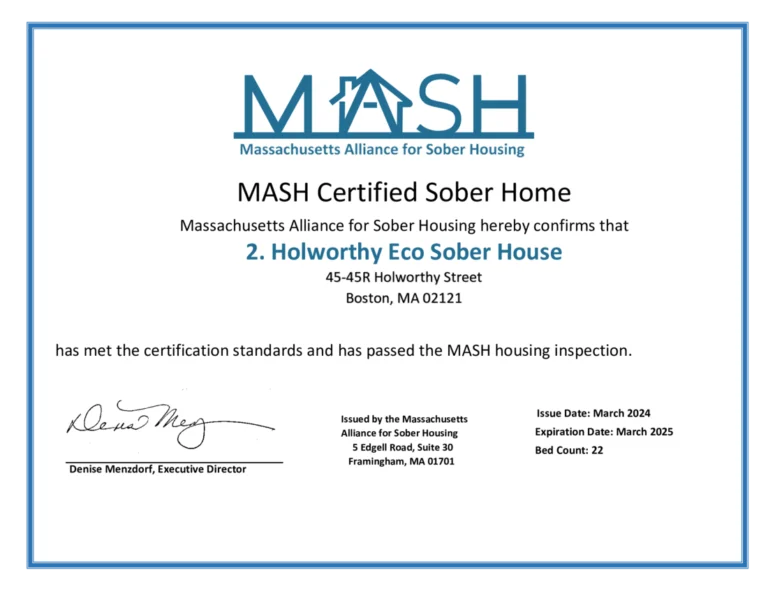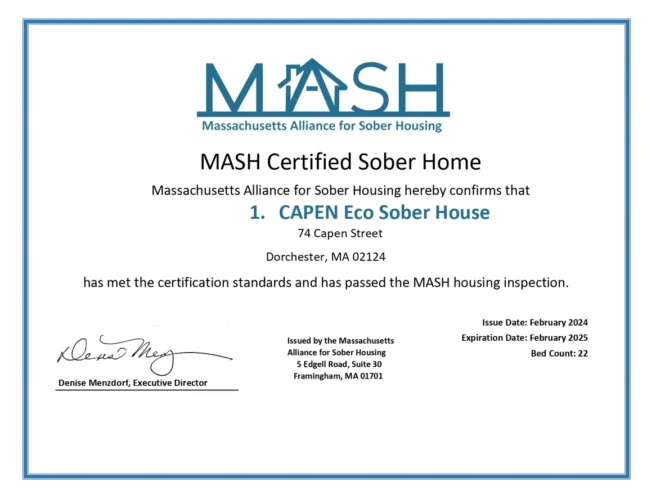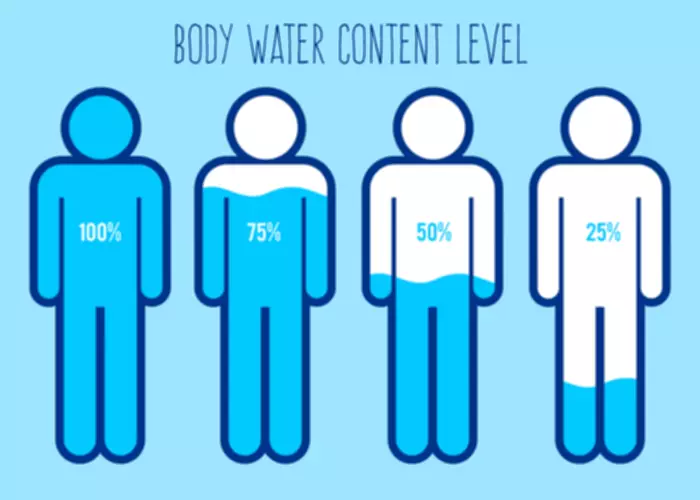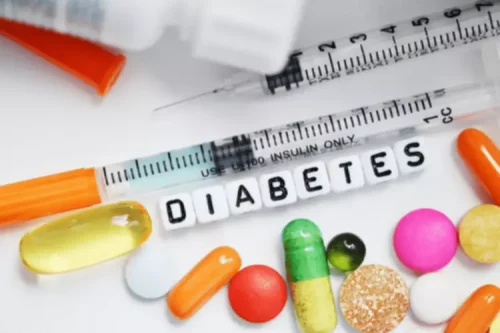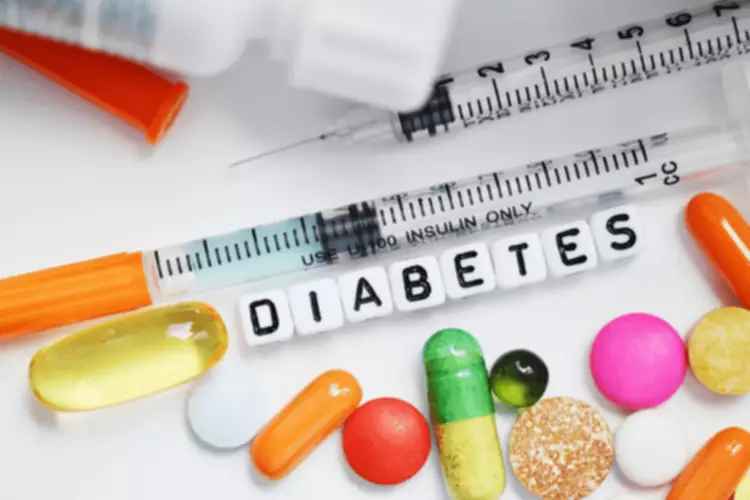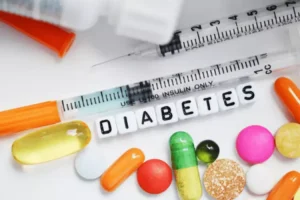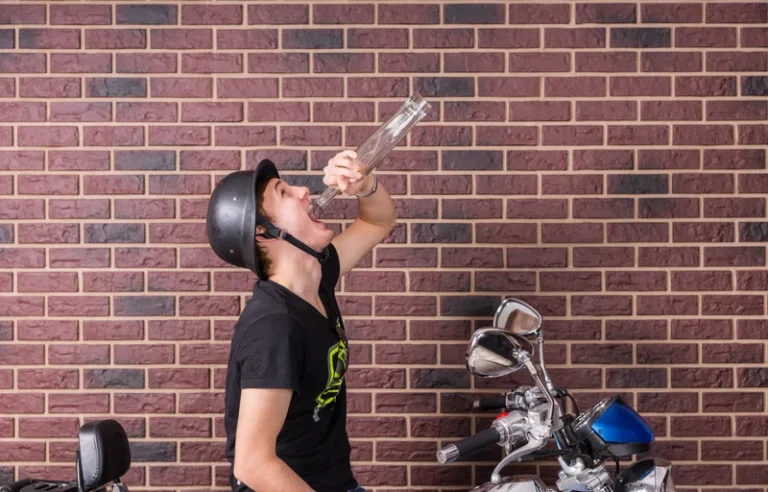Mark struggles with BPD, experiencing intense mood swings and difficulty maintaining stable relationships. He starts using cocaine to manage his emotional highs and lows, initially finding temporary relief. Over time, his cocaine use escalates, causing problems at work and damaging his relationships.
Though a person what famous person has fetal alcohol syndrome? taking drugs may initially make a willful decision to engage in the behavior, we now know substance use leads to brain changes over time. These brain changes interfere with an addicted individual’s ability to deny themselves and resist the overwhelming compulsion to continue with drug use. Those who embrace the view of addiction as behaviorally-focused may also mistakenly believe that individuals misusing alcohol and drugs could, at any time, “make a decision” to quit based upon good intentions and force of will.
Application Process
A person can become dependent on a drug without being addicted, although the two often occur together. Addiction occurs when people continue to compulsively use a drug despite harmful consequences. People should not attempt to suddenly stop using a substance or engaging in a certain behavior without medical supervision. A person with addiction is unable to stop using a substance or engaging in a behavior even though it has harmful effects on daily living.
Substance Use & the Brain
People with a SUD may also have other mental health disorders, and people with mental health disorders may also struggle with substance use. These other mental health disorders can include anxiety disorders, depression, attention-deficit hyperactivity disorder (ADHD), bipolar disorder, personality disorders, and schizophrenia, among others. Researchers have long demonstrated the role of the neurotransmitter dopamine in addiction and its effects on the brain’s reward center. As with other addictions, it plays a role in behavioral addictions like compulsive shopping or binge eating.
- More recently, the concept of addiction has expanded to include behaviors, such as gambling, as well as substances, and even ordinary and necessary activities, such as exercise and eating.
- Health care providers may recommend behavioral therapies alone or in combination with medications.
- The short duration of salvia’s effects (lasting only a few minutes to an hour) can also give users a false sense of security, leading them to believe they are no longer under the influence when they still are.
- These distortions can significantly contribute to the development and maintenance of addiction.
Mental Health Disorders
These patterns can significantly increase a person’s risk of developing addiction. One way to understand psychological addiction is to compare it to physical addiction. Addiction to certain substances involves a cycle of using a substance, having withdrawal symptoms after stopping, and using the substance again. When people take certain substances, it can trigger chemicals in the brain that provide feelings of pleasure.
Sarah, out of fear of losing him, constantly covers for his missed workdays due to hangovers or provides him with money for alcohol, believing she’s helping. However, this enables John’s addiction and delays him from facing the consequences necessary to seek help. While alcohol provides temporary relief, it ultimately damages his relationships and health, worsening his overall situation.
Substance use disorder is marked by a pattern of pathological behaviors related to use of the substance. In this case, addiction is demonstrated as both a mental, or psychological, and chemical, or physical, affect in the brain, thus providing evidence that addiction is both psychological and physical. According to NIDA, tolerance is when a person’s body gets used to a drug and they need more to achieve the same effects. Talking about substance use disorder can be tricky, and not just because it’s a sensitive topic.
Binge eating disorder (BED) and food addiction are when a person becomes addicted to the chemical reactions that occur after consuming highly palatable foods (often high in fat, sugar, and salt). Behavioral addictions differ because they do not produce the same physical signs as drug addiction. While many of us feel compelled to engage in feel-good behaviors like sex, shopping, and exercising, only some will develop an addiction. The difference is when a habit becomes an obligation or you continue an activity like internet use at the expense of well-being, interfering with work, family, or friendships. The intense emotional pain of grief and loss can leave individuals vulnerable to addiction. The American Psychological Association (APA) defines grief as “the emotional response to loss.” It’s a natural human experience involving a range of emotions like sadness, anger, guilt, and emptiness.





